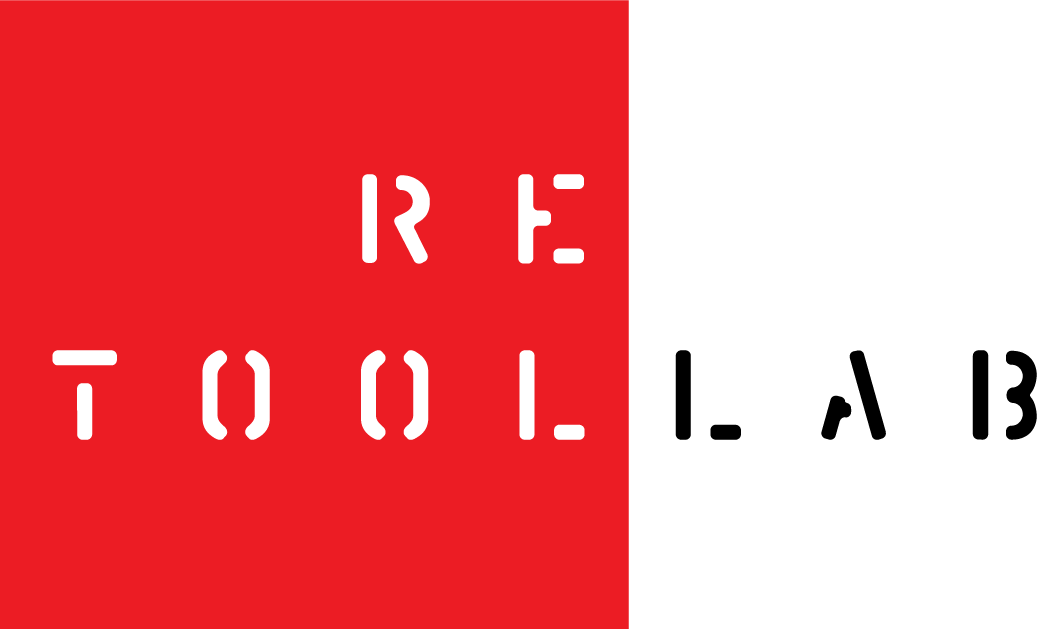If Rolling Stone says it, then it must be true.
It’s about the last thing anyone expected to see in Rolling Stone magazine, but there, in the January 13th issue, was an article about museums, content, and branding. I’m sure it hasn’t taken long for “A Race to the Bottom: Why Museums Need a Digital Strategy,” to circulate through cultural institutions; testament to the timeliness, relevancy, and urgency of its message. But why did it take until now, and a prominent pop culture publication, to tell cultural institution leaders what they should already know? Because it’s still news.
Retool Brand Counsel has been telling the sector’s leadership for nearly two decades that they needed to rethink their antiquated and vulnerable business model. Both our earlier publications, ContraBrand: Build a Better Nonprofit, 2010 and The Alchemy of Content: How Publishing Creates Sustainable Museums, 2014 (both available on demand), offer analysis and potential solutions.
Our latest, Leadership Branding: Build the Brand that Builds Leadership (downloadable here) reprises these themes and insights and repackages them into a compendium of lessons and ideas for leaders of learning and fundraising institutions.
New ideas, or just newly relevant?
The Rolling Stone article picks up on the themes we have been promoting for the last 20 years, starting with the premise ≠ on which the article is based – that to this day, arts and culture organizations lack a digital strategy, even though they need one now more than ever.
The article then notes other themes we have been harping on for years, specifically that museum leaders must stop relying on the largesse of donors and public institutions for support and fend for themselves by finding ways to be sustainably valuable; that they have to start thinking that they are a place of mind rather than a building; that the gleaming edifice that houses their collection is not and should not be their main brand asset; that they are valuable and valued enough to not need to give away access to their collection entirely for free. Familiar themes indeed.
For all her good intentions, the article’s author, Bernadine Bröcker Wieder, seems satisfied to point to the problems and challenges but offers no real solution or actionable advice – not the responsibility of this kind of magazine. Regardless of this shortcoming, it’s still a worthwhile read. Most importantly, it leverages the broad platform the magazine enjoys to remind cultural leaders the world over of their responsibility to innovate to remain relevant and sustainable in the future or face extinction.
Moving toward solutions.
If you would like to look deeper and begin to consider what solutions and opportunities are open to you, consult Retool Lab’s blog. Browse through to find the seeds of solutions to many of the problems currently ailing the sector. Of particular interest, given the pandemic’s impact on the cultural world, is our The COVID Year Special Collection, built from our 2020 writings. And don’t hesitate to reach out if there’s anything you want to discuss.



